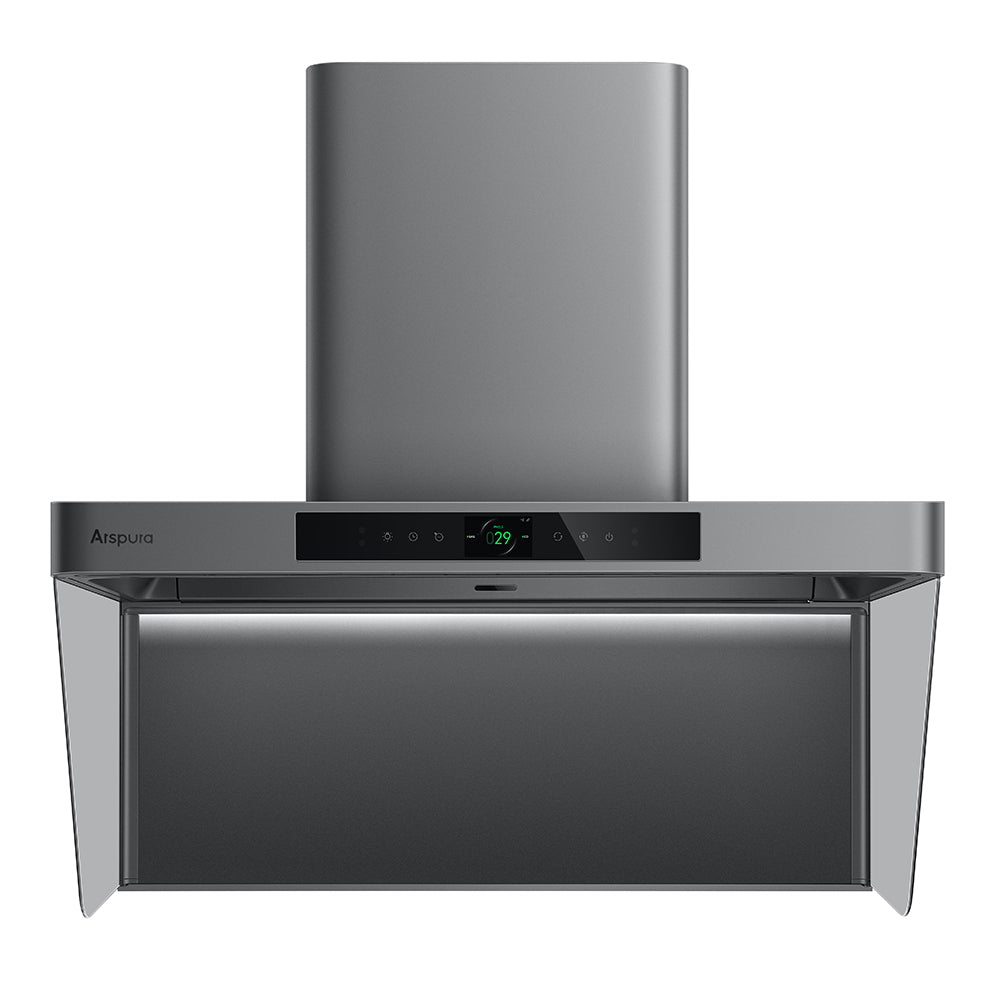Unlock the Secret to a Sparkling Grease-Free Vent Hood!
Maintaining a clean vent hood is essential for every kitchen, whether you’re a culinary enthusiast or someone who occasionally cooks at home. The vent hood plays a crucial role in filtering out smoke, steam, and airborne grease that accumulates during cooking. However, with frequent use, grease can build up quickly, leading not only to unsightly stains but also to potential fire hazards and unpleasant odors. This buildup can also affect the efficiency of the hood, making it less effective at ventilating your kitchen. In this article, we will explore effective techniques and tips for cleaning a greasy vent hood, helping you restore its shine and maintain a healthier cooking environment.

Understanding the Greasy Buildup
Grease accumulation on your vent hood is an inevitable consequence of cooking, especially if you frequently prepare meals that involve frying or grilling. When food is cooked, tiny grease particles and vapor are released into the air. These particles adhere to surfaces, including the vent hood, creating a sticky layer over time. Factors such as the type of cooking oil used, the cooking method, and the frequency of use can all contribute to how quickly grease builds up. For instance, frying foods tends to release more grease than boiling or baking, leading to a more substantial buildup. Understanding this process can help you take proactive measures in maintaining a clean and hygienic kitchen environment.
Essential Tools and Materials
Before diving into the cleaning process, it's vital to gather the necessary tools and materials. You’ll need cleaning cloths, a sturdy scrub brush, and a soft sponge for delicate surfaces. Additionally, consider using natural cleaning solutions such as vinegar, baking soda, or lemon juice, which are effective at cutting through grease without harsh chemicals. A spray bottle can be handy for applying your cleaning solution, and a bowl of hot water will assist in loosening stubborn grease. If your vent hood has removable filters, having a container for soaking them will make the cleaning process much smoother. With these tools at the ready, you’ll be well-prepared to tackle the cleaning task ahead.
Step-by-Step Cleaning Process
Cleaning a greasy vent hood may seem daunting, but with a systematic approach, it can be manageable and even satisfying. Start by ensuring the area is well-ventilated and safe to work in. Here’s a detailed step-by-step guide:
Preparing the Vent Hood for Cleaning
Before you start cleaning, safety should be your priority. Begin by turning off the power to the vent hood to avoid any electrical hazards. If your vent hood has removable filters, take them out and set them aside for separate cleaning. This initial preparation helps ensure you can clean the hood effectively without interruptions.
Cleaning Techniques
Once the vent hood is prepared, it’s time to dive into the actual cleaning. Start by sprinkling baking soda on heavily soiled areas; it acts as a gentle abrasive that can help lift grease. For a natural cleaning solution, mix equal parts of vinegar and water in a spray bottle and generously spray the surface of the hood. Let it sit for about 10-15 minutes to allow the solution to penetrate the grease. Next, use a scrub brush to work in circular motions, focusing on areas with significant buildup. For hard-to-reach spots, consider using an old toothbrush or a small, stiff-bristled brush. If the grease is particularly stubborn, soaking a cloth in hot water and draping it over the grease can help loosen it. After scrubbing, rinse the cloth in clean water and wipe down the surface to remove any residue. Finally, clean the filters by soaking them in hot, soapy water, scrubbing gently, and then rinsing them well before allowing them to dry. This thorough cleaning process will leave your vent hood looking fresh and performing efficiently.
Preventative Measures for Future Maintenance
Additionally, after each cooking session, consider wiping down your vent hood to prevent grease buildup from becoming a recurring issue. Establishing a regular cleaning schedule and inspecting filters and screens will help maintain optimal airflow and efficiency. Using deep cleaning techniques while minimizing splatter during cooking will also significantly reduce the amount of grease you need to clean later. Implementing these preventative measures will keep your kitchen looking pristine.
Maintaining a Clean and Efficient Kitchen
In conclusion, keeping your vent hood clean is an essential aspect of maintaining a healthy kitchen environment. Through understanding how grease accumulates, utilizing the right tools and techniques, and establishing a regular cleaning routine, you can ensure that your vent hood remains sparkling and efficient. Embrace the tips and techniques shared in this article and transform the way you approach kitchen cleaning. A clean vent hood not only enhances the aesthetic of your kitchen but also contributes to a safer and more pleasant cooking experience.







Comments